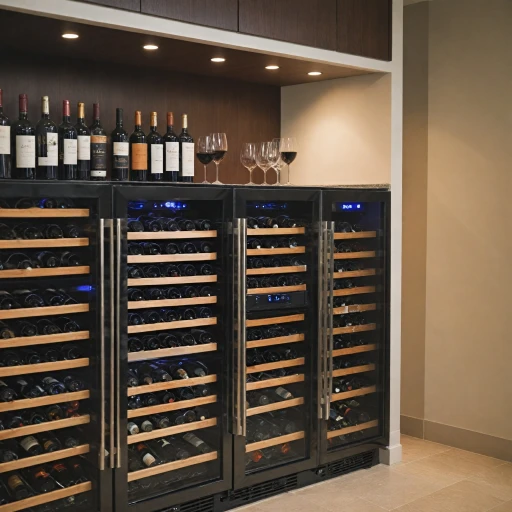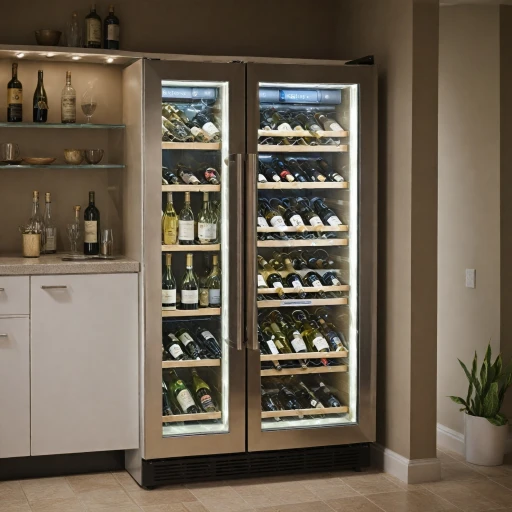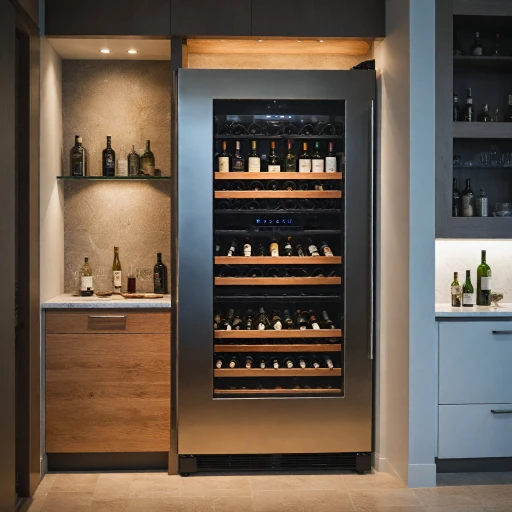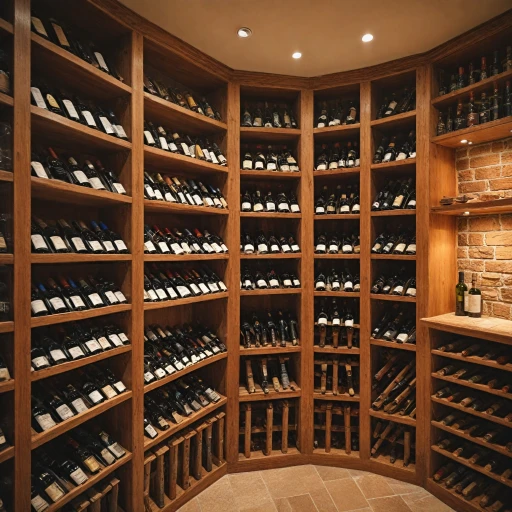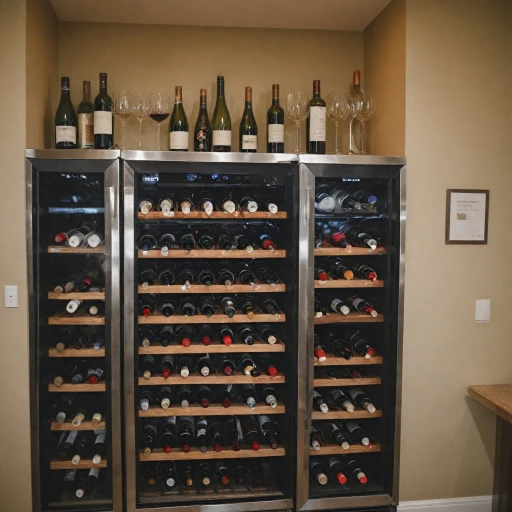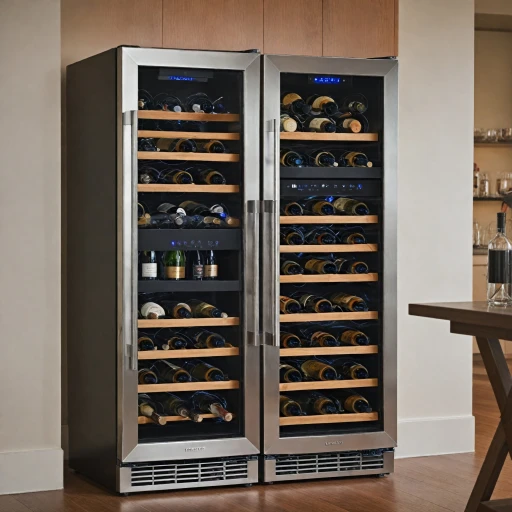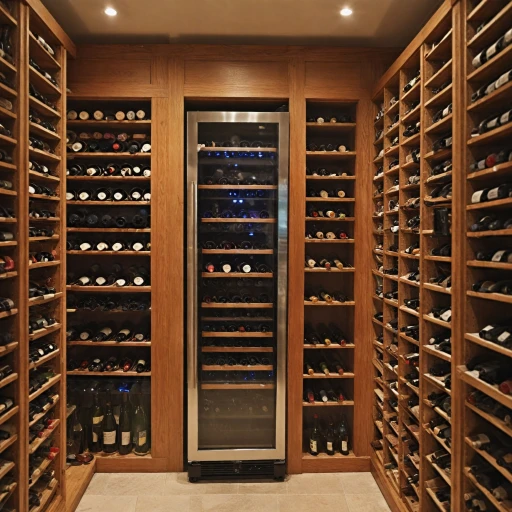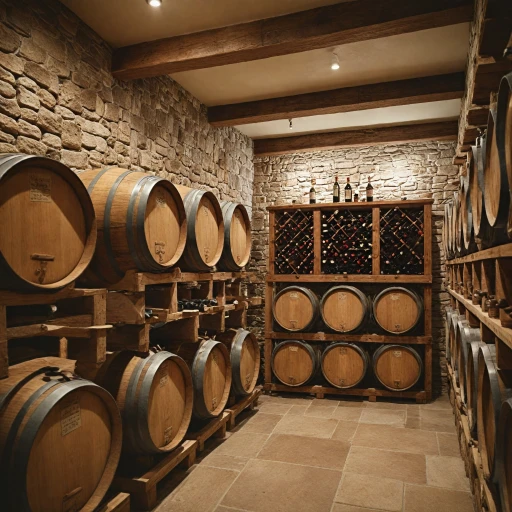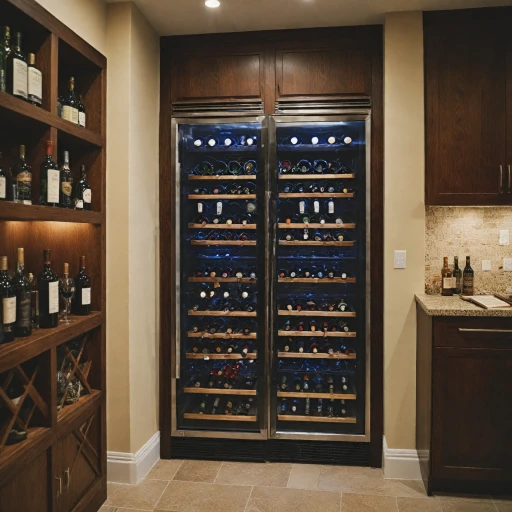
The Role of a Wine Decanter
The Importance of a Wine Decanter
A wine decanter serves a crucial role in the wine-drinking experience, particularly for those who appreciate the nuances of red wines. The primary purpose of a decanter is to enhance the taste and aroma of the wine by allowing it to breathe. When you pour wine from the bottle into a decanter, it increases the wine's exposure to oxygen, which can significantly improve its flavor profile.
Decanting wine is especially beneficial for full-bodied red wines and older wines that may have accumulated sediment over time. The process of decanting helps to remove sediment, ensuring that the wine poured into your glass is clear and free from any unwanted particles. This not only improves the visual appeal but also enhances the overall tasting experience.
While red wines are most commonly associated with decanting, some white wines can also benefit from this process. The key is to understand which types of wines are suitable for decanting and how long they should be exposed to oxygen. The best wine decanters are designed to maximize the surface area of the wine, allowing it to aerate more effectively.
Choosing the right decanter for your needs involves considering the shape and size of the decanter, as well as the type of wine you plan to decant. Proper techniques for decanting wine, such as the angle of pouring and the time allowed for decanting, can make a significant difference in the outcome. Avoiding common mistakes, like over-decanting or using the wrong type of decanter, will ensure that your wine is enjoyed at its best.
For more insights on how to store wine properly, you can explore the optimal temperature for storing wine in a fridge.
How Decanting Enhances Wine Flavor
Unlocking the Full Potential of Your Wine
Decanting wine is more than just a ritual; it's a transformative process that can significantly enhance the flavor profile of your favorite bottle. When you pour wine into a decanter, you expose it to oxygen, which plays a crucial role in unlocking the wine's aromas and flavors. This oxygen exposure allows the wine to breathe, softening tannins and releasing complex notes that might otherwise remain hidden.
For full-bodied red wines, such as Cabernet Sauvignon or Syrah, decanting can be particularly beneficial. These wines often have robust tannins that mellow with time, making the wine smoother and more enjoyable to drink. The process of decanting also helps to remove sediment, which can accumulate in older wines, ensuring a cleaner pour and a more pleasant tasting experience.
While red wines are commonly associated with decanting, some white wines can also benefit from this process. For instance, a rich, full-bodied white wine may develop more nuanced flavors when given the chance to aerate. However, it's essential to consider the wine's age and style, as not all wines require decanting.
Timing is another critical factor in the decanting process. Generally, allowing a wine to decant for about 30 minutes to an hour is sufficient, but this can vary depending on the wine's characteristics. It's important to taste the wine periodically to determine when it has reached its optimal flavor.
For more insights on enhancing your wine experience, you can explore essential tips for wine enthusiasts.
Types of Wine Suitable for Decanting
Savoring the Right Wines for Decanting
Knowing which types of wines are suitable for decanting can greatly enhance your wine experience. While many people often assume that only red wines require decanting, certain white wines and older wines can also benefit from this process.- Red Wines: The majority of red wines, particularly full-bodied red varieties, are prime candidates for decanting. This includes classics such as Cabernet Sauvignon, Merlot, and Shiraz. The exposure to oxygen helps to soften the tannins, unlocking the aroma and allowing complex flavors to emerge. Red wines that are rich in tannins, or bottled young, will particularly benefit from a few minutes in a wine decanter.
- Older Wines: For older red wines, the decanting process can help to remove sediment that settles at the bottom of the bottle. It is advisable to pour the wine carefully through the neck of the bottle, which acts as a natural filter. However, be cautious not to overexpose them to air, as long oxygen exposure might diminish their delicate flavors.
- White Wines: Although less common, certain robust white wines like Viognier or a full-bodied Chardonnay will gain depth from decanting. The technique can amplify their aromatic profile and bring out hidden notes.
Choosing the Right Decanter for Your Needs
Decanter Selection: Tailoring the Choice to Your Preferences
When choosing the right decanter for your needs, several factors should be considered to ensure you get the best from your wine. From accentuating flavors to removing unwanted particles, your choice can significantly impact the wine's presentation and taste. Here's what to keep in mind:- Purpose of Use: Depending on whether you're decanting to aerate or to remove sediment, different decanter designs may be more suitable. Full-bodied red wines often require a broader base for maximum oxygen exposure, while older wines benefit from a more delicate and slower decanting process with a narrow neck.
- Material and Shape: A glass decanter is often preferred due to its clarity and elegance, allowing one to observe the wine's color and sediment separation. The neck should complement the specific wine's need—wider necks allow quicker aeration, while narrower ones better control the oxygen exposure for fragile whites or aged reds.
- Decanter Size: The size and shape of the decanter should accommodate the volume of wine you typically pour. A standard wine bottle generally fits well in most decanters, but it's worth noting that larger decanters might be necessary for occasions demanding multiple bottles.
- Ease of Use and Cleaning: Consider how easy the decanter is to handle when pouring and its cleaning requirements. Carafe-style decanters might offer simpler pouring, while intricate designs can add visual appeal but require more maintenance.
Proper Techniques for Decanting Wine
Techniques to Enhance Wine Flavor Through Decanting
Decanting wine isn't just about transferring liquid from one vessel to another. The method you use greatly impacts the taste and aroma of the wine. Here’s how to properly execute this seemingly simple act:- Preparation is Key: Start by positioning your wine decanter and wine bottle on a sturdy, stable surface. Allow your reds to reach optimal room temperature, enhancing their full-bodied characteristics. White wines should also be decanted under the right conditions for the best result.
- Stand it Up: If you're preparing to decant older wines, stand the bottle upright for at least 24 hours prior to decanting. This allows any wine sediment to settle at the bottom.
- Remove the Cork with Steady Hands: Aged wines often have fragile corks. Use a good quality corkscrew to gently extract the cork from the neck of the bottle.
- Pour Wine with Intention: When it comes to pouring, a slow, consistent pour is essential. As you pour wine into the decanter, hold the bottle at a slight angle. Watch for the sediment at the neck of the bottle, this is a sign to halt the pour and prevent sediment transfer.
- Allow Time for Oxygen Exposure: As wines decanted in glass vessels undergo oxygen exposure, they begin to open up and release aromas. The time will vary; lighter reds may need only 20 minutes, whereas fuller-bodied reds might require an hour or longer.
- Use the Right Decanter Shape: The shape of the wine decanter—often with a wide base and narrow neck—affects how air interacts with wine. More surface area allows for efficient aeration. Choose a design that suits your specific wine type.
Common Mistakes to Avoid When Using a Decanter
Typical Errors When Handling a Wine Decanter
Using wine decanters can enhance your wine experience, but avoiding common missteps is key to maximizing the benefits. Here are some frequent mistakes and tips to sidestep them:- Rushing the Process: Allowing proper time for your wine to breathe is crucial. For full bodied red wines, at least 30 to 60 minutes of oxygen exposure enables the wine to aerate, enhancing the taste. Patience is key—don’t pour wine right after decanting to enjoy its full potential.
- Incorrect Pouring Technique: Pouring wine too quickly can lead to unwanted sediment escaping into the decanter. When decanting wine with sediment, such as aged or older wines, pour gently and watch the neck of the bottle closely. An even flow helps to remove sediment effectively.
- Choosing the Wrong Decanter: The shape and size of the decanter can impact the wine's exposure to oxygen. Decanters with a wide base provide more surface area, ideal for red wines that benefit from longer decanting periods. Conversely, using a larger decanter for white wines may not be necessary as they usually require less oxygen.
- Not Cleaning the Decanter Properly: Residues from previous wines can taint the flavor of the wines decanted later. Ensure your glass decanter is thoroughly cleaned and dried after each use.
- Ignoring Wine’s Needs by Type: Not all wines need decanting. Knowing which types benefit from this process is crucial. Full-bodied reds and older wines often improve with decanting, while light-bodied reds and most white wines may not.

